Yes, you are understanding it in a correct way.
YUV NV12 format has one Y plane of size of image height * width and another half plane consisting of sub-sampled interleaved U V values (height / 2 * width / 2). The total size, as you correctly calculated, is
height * width + 2 * (height / 2 * width / 2)
= 3 / 2 * height * width
NV12 has 12 bits per pixel.
==============
As mentioned on the Microsoft website, jump to NV12 section:
YUV Sampling
Chroma channels can have a lower sampling rate than the luma channel, without any dramatic loss of perceptual quality. A notation called the "A:B:C" notation is used to describe how often U and V are sampled relative to Y:
- 4:4:4 means no downsampling of the chroma channels.
- 4:2:2 means 2:1 horizontal downsampling, with no vertical downsampling. Every scan line contains four Y samples for every two U or V samples.
- 4:2:0 means 2:1 horizontal downsampling, with 2:1 vertical downsampling.
- 4:1:1 means 4:1 horizontal downsampling, with no vertical
downsampling. Every scan line contains four Y samples for each U and V sample. 4:1:1 sampling is less common than other formats, and is not discussed in detail in this article.
The following diagrams shows how chroma is sampled for each of the downsampling rates. Luma samples are represented by a cross, and chroma samples are represented by a circle.
Figure 1: Sub-sampling of Pixel Data
NV12
All of the Y samples appear first in memory as an array of unsigned char values with an even number of lines. The Y plane is followed immediately by an array of unsigned char values that contains packed U (Cb) and V (Cr) samples. When the combined U-V array is addressed as an array of little-endian WORD values, the LSBs contain the U values, and the MSBs contain the V values. NV12 is the preferred 4:2:0 pixel format for DirectX VA. It is expected to be an intermediate-term requirement for DirectX VA accelerators supporting 4:2:0 video. The following illustration shows the Y plane and the array that contains packed U and V samples.
Figure 2: enter image description here
